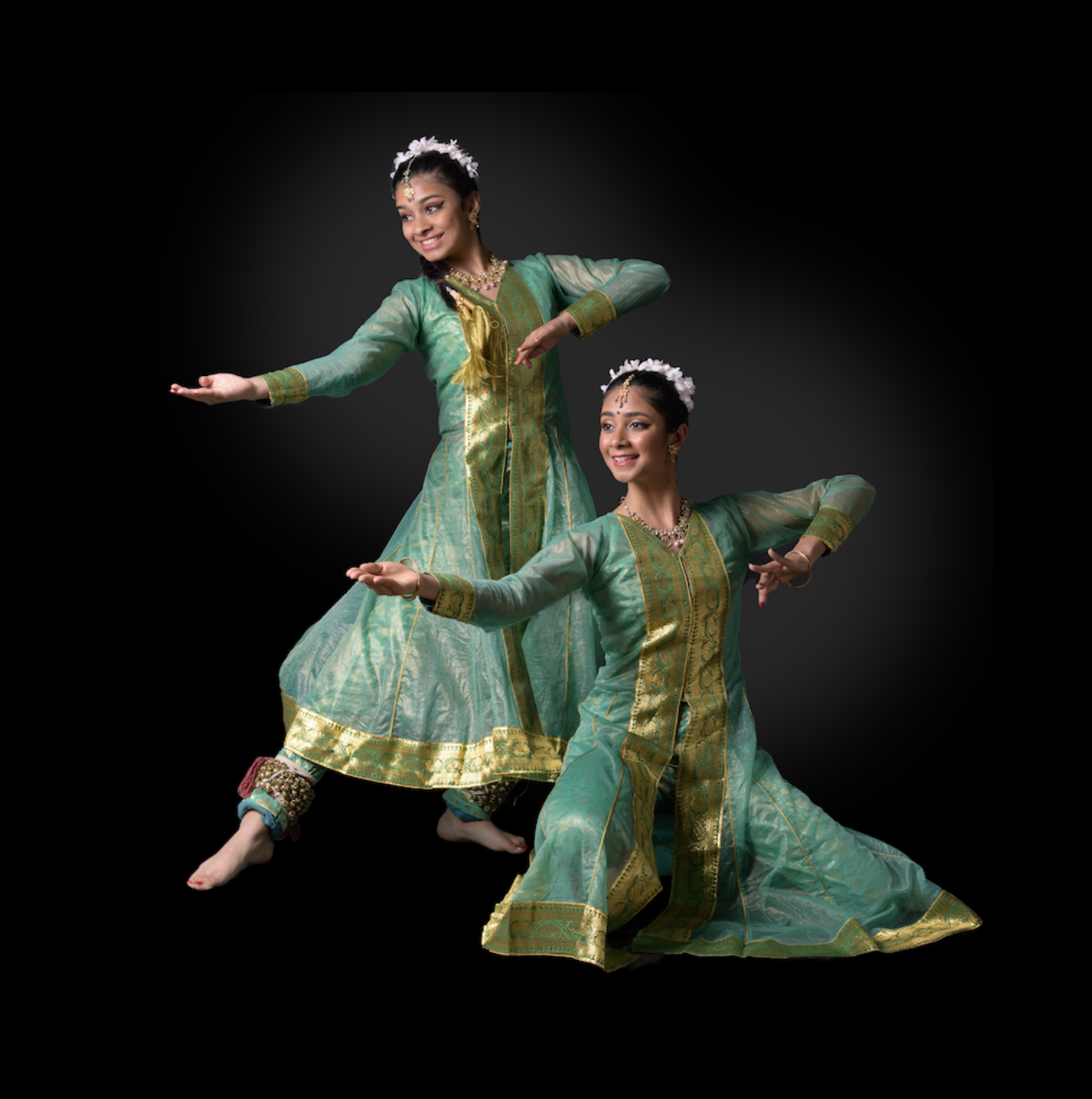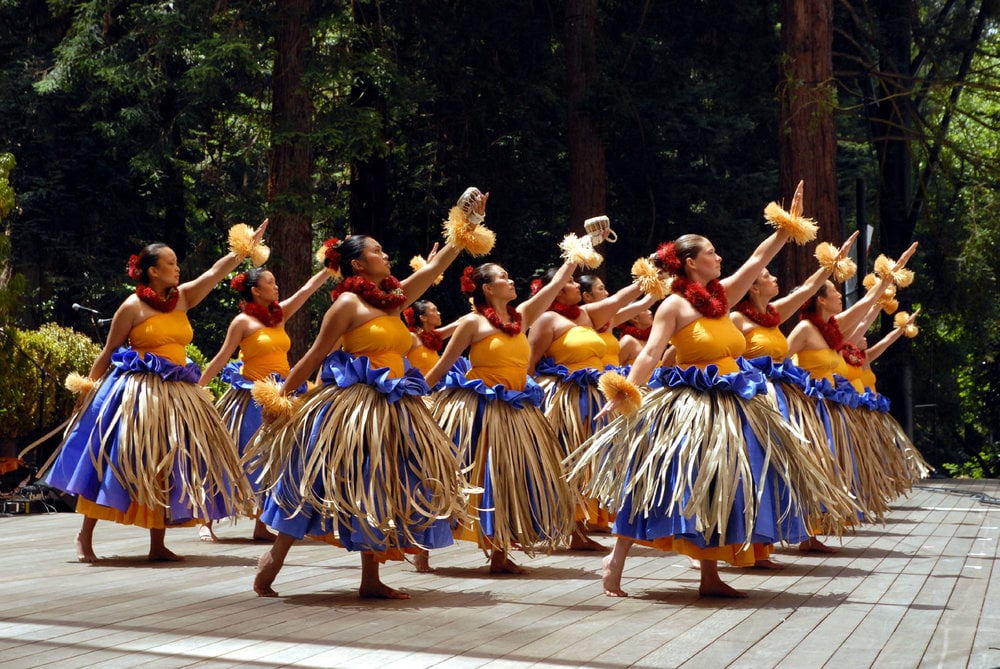Those who followed the San Francisco Ethnic Dance Festival for over four decades and witnessed its loss of home and triumphant relocation to the War Memorial in 2017-2018, are now faced with uncertainty about the organization’s future.
At the same time, ethnic dance fans will be glad to hear about the Peninsula International Dance Festival’s 2023 edition, July 15-16, in the San Mateo Performing Arts Center.
While the SF Ethnic Dance Festival appears to be still impacted by COVID and fiscal problems, the Peninsula event has all the diversity and grandeur that characterized the San Francisco festival.
According to the San Francisco festival’s operator, “World Arts West needed to reevaluate our presentation model to create a fiscally responsible production format.
“World Arts West, like presenters around the nation, is navigating how we can bring back our annual festival in a more equitable and sustainable way, which includes a deeper understanding of our artist community.”
The Peninsula festival even has the participation of Carlos Carvajal, one of the prominent past artistic directors of the SF Ethnic Dance Festival, which had the recent talent overflow of Patrick Makuakāne (Nā Lei Hulu company), Latanya d. Tigner (Dimensions Dance Company), Māhealani Uchiyama (hula dancer/choreographer and cultural advocate), and CK Ladzekpo (Center for African Studies, UC Berkeley).
Peninsula Festival participants have been selected by Peninsula Ballet Theater Artistic Director Gregory Amato, working with Carvajal and Charlotte Moraga, artistic director of the Chitresh Das Institute/Chitresh Das Youth Company.
Carvajal says of the Peninsula festival, “This newly imagined world dance and music festival is truly a Bay Area cultural jewel which expresses in dance and song exactly what our society is desiring so intensely at this time — equity, diversity, and inclusion. We’re delighted to present this season’s dance companies in a stage production that captures the joy and passion of the common language of dance and music.”
For an event only in its second year, the festival is huge: 200 dancers and musicians, from 21 companies, performing dances from Bolivia, Brazil, Cambodia, China, Congo, Greece, Hawaii, India, Mexico, Peru, Philippines, Spain, the U.S. and Native American traditions.
Festival Executive Producer Christine Leslie looks to the event also as an expansion of programming for her Peninsula Ballet Theater, now in its 56th year, the second oldest ballet company in the Bay Area (behind the 90-year-old SF Ballet).
Producing an annual summer international dance festival is an addition to the Ballet Theater’s busy schedule of presenting ballet and modern dance, hip-hop, and musical theater while maintaining an active school, offering classes in five studios.
Leslie says all groups participating in last year’s festival launch immediately signed up for the second go, and “I can’t think of a better way to build community and building back the audience as we are coming out of COVID.
“Our plans call to develop this into not only a feast of dance and music, but with the addition of lobby displays of cultural artisan crafts and delicious snacks we have the foundation of a truly international presentation of culture.
“The July weather on the Peninsula is always great and the San Mateo Performing Arts Center is in a family-friendly area with plenty of free parking. And, we remind everyone they don’t need a passport, no waiting in TSA lines to see this world dance and music festival.”
Tickets — $35 to $60, with discount for juniors and seniors — are now on sale.

Participating in the festival showcase of sacred, secular, traditional, and community works, the 2023 festival artist roster features Amor do Samba (Brazil); Antara Asthaayi Dance (India); Azteca DancerCalpulli Tonalehqueh (Mexico); Ballet Folklórico Mexicano de Carlos Moreno (Mexico); Bolivia Corazón de América (Bolivia); Charya Burt Cambodian Dance (Cambodia); Chitresh Das Institute/Youth Company (India).
Also, Eddie Madril/Sewam (Native American Indian); Ensambles Ballet Folklórico de San Francisco (Mexico); Feng Ye Dance (China); Fua Dia Congo (Congo/Central African); Gurus of Dance (India); Halau o Keikiali’i/Kaululehua Hawaiian Cultural Center (Hawaiian); Jaranón y Bochinche Dance Performance Company (Afro-Peruvian).
And: Jubilee American Dance Theatre (USA); Melissa Cruz Flamenco (Spain); Minoan Dancers (Crete/Greece); Parangal Dance Company (Philippines); Peninsula Ballet Theatre (USA); Peru Expressions (Peru); and Theatre Flamenco (Spain).
The Festival will begin with a ceremonial stage blessing by the Association of Ramaytush Ohlone (Native American).
Antara Bhardwaj, executive and artistic director of Antara Asthaayi Dance Ensemble, says, “Festivals like PIDF are important for our community because they not only give our audiences a glimpse of the beautiful diversity that the Bay Area has to offer, but also give nascent/young/established artists and dance companies an opportunity to showcase their work in a highly professional platform.
“All too often our dance is performed in self-funded, small theaters and community centers. They are regarded as cultural specific events, and we draw audiences predominantly of our own cultural heritage.”
“PIDF gives the opportunity to showcase our art forms to the greater audience and reminds not only our audiences, but the greater dance community (that clubs all of us into a blanket category of ‘world dance,’ seen through the lens of ballet and contemporary) that our dances of the world are equally deserving to be seen in mainstream society.”
Kumu Kawika Keikiali`i Alfiche, of Halau o Keikiali`i, which performs on July 16, told SF Classical Voice:
I remember being a kid around the table for New Year’s Eve playing `ukulele and singing all night long. Along with songs came dances from all of the uncles and aunties. This is my first memory of hula.
Sometime after, I joined my first hula school and made hula a weekly practice and learned about hula as a performance. My Kumu (teacher) passed away and sometime after my school started in 1994. Here is when hula became prayer.
I went through a 15-year process to graduate traditionally with my Kumu, Rae Kahikilaulani Fonseca, who was a student of Master George Na`ope of Hilo, Hawai`i.
My Kumu pushed me to write songs, play and sing live ... and today I'm also a recording artist. Aside from teaching hula in my schools and performing publicly I also run the Kaululehua Hawaiian Cultural Center in South San Francisco and Napa, offering classes in all things Hawaiian (lei making, music, singing, chant, hula, and more).
Hula as a cultural practice and form of religion was banned for some 50 years in the 1800s. Teaching in Hawaiian language in schools was banned until the 1970s. Through hula we’re able to perpetuate all things Hawaiian: history, language, genealogy and more.

Ye Feng, of the Feng Ye Dance Company, thanked the festival for the invitation to be the first “group representative of Chinese culture in the SF Bay Area. China is a multicultural country. We will bring to the audience a series dances from Inner Mongolia, including HaDa Dance, Toast Dance, and Bowl Dance.
“Apart from performance, our dancers will also be dancing with the audience and present them ‘HaDa’ — a gift with best wishes for the guests in Mongolian culture, and toasts. On the stage, our dancers will present a highly skilled dance with four ceramic bowls balancing on their heads which reveals elegancy and vitality.
“We hope our dance will be the window to showcase the unique vibrant, hospitable, and enthusiastic Chinese culture to the Bay Area community. Representing Chinese cultural dance community, we are so excited to expand and to grow together with the multicultural Bay Area dance community. This has significant meaning to our artists who are dedicated for ethnic dance cultural communication and exchange. The new platform has historical meaning for promoting cultural growth in Bay Area ethnic dance community.”


